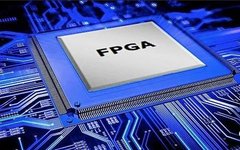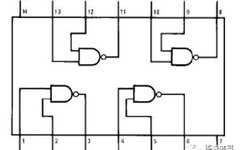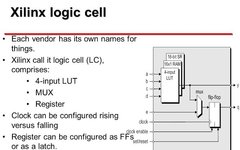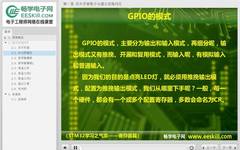Chip Design Tools Needed for AI Era
This public account (fxkjwx) is the official WeChat of the Fengxian District Science and Technology Commission, providing services related to Fengxian’s science and technology policies, innovation and entrepreneurship environment, smart city construction, and various popular science information. The official webpage of the Fengxian Science and Technology Commission (https://www.fengxian.gov.cn/kw/), welcome to bookmark and browse. Searching for … Read more









